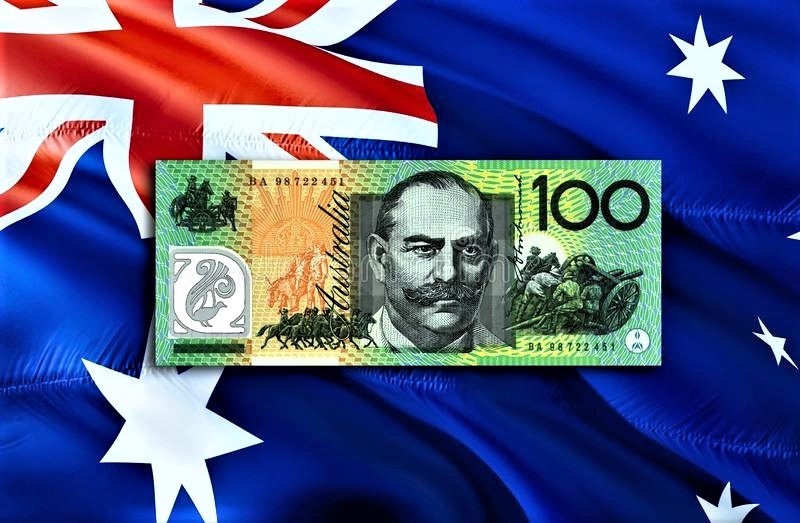Australian dollar is falling, probably due to an unexpected current account deficit of A$4.9 billion in the first quarter.
The Australian Dollar (AUD) ended its three-day winning streak on Tuesday. Most likely due to Australia’s surprise current account deficit of A$ 4.9 billion (USD 3.2 billion) in the first quarter. This move from the previous quarter’s downwardly revised surplus of A$ 2.7 billion fell short of market forecasts of A$ 5.9 billion in excess.
Australia’s GDP (year on year) is predicted to expand by 1.2% in the first quarter, compared to 1.5% the previous year.
In a media release by the According to Grace Kim, ABS head of International Statistics. The current account deficit reflects a lower trade surplus, driven by an increase in goods imports. While the net primary income deficit has increased. Imports of goods increased by 4.5% in Q1, led by consumption items. While exports declined by 1.5%, reflecting lower local coal and iron ore production.
The US dollar remains stable as US Treasury yields rise.
The US Dollar (USD) edged higher as US Treasury yields improved, owing to ongoing risk aversion. However, the Greenback may face problems, since Federal Reserve (Fed) officials signaled last week. That the central bank might meet its 2% annual inflation objective without raising interest rates further.
Investors are likely waiting for Australia’s Gross Domestic Product (GDP) figures. for the first quarter. And China’s Caixin Services PMI for May are also scheduled to be revealed on Wednesday. In the United States, the ADP Employment Change and ISM Services PMI reports will be closely watched.
Daily Market Movers: The Australian dollar falls due to risk aversion.
The ISM Manufacturing PMI unexpectedly fell to 48.7 in May, down from 49.2 in April and lower than the prediction of 49.6. The US manufacturing sector contracted for the second consecutive month, marking the 18th in the last 19 months.
Australia’s Judo Bank Manufacturing PMI was issued on Monday, with a modest increase to 49.7 in May from 49.6 in April, reflecting the fourth consecutive month of worsening manufacturing conditions.
On Monday, Caixin China Manufacturing PMI climbed to 51.7 in May from 51.4 in April, representing the sixth consecutive month of growth in industrial activity and exceeding expectations of 51.5. The NBS PMI data released on Friday revealed that manufacturing activity slipped to 49.5 in May from 50.4 in April, falling short of the market consensus of a 50.5 gain. Meanwhile, the Non-Manufacturing PMI fell to 51.1 from 51.2, falling short of the expected 51.5.
Atlanta Fed President Raphael Bostic stated in a Fox Business interview this week that he does not believe additional rate hikes.
Atlanta Fed President Raphael Bostic stated in a Fox Business interview this week. That he does not believe additional rate hikes are required to meet the Fed’s 2% annual inflation target. Furthermore, New York Fed President John Williams indicated that inflation is too high but should drop in the second half of 2024. According to Reuters, Williams does not believe there is an urgent need to intervene on monetary policy.
According to Bloomberg, RBA Assistant Governor Sarah Hunter stated at a conference in Sydney on Thursday. That “inflationary pressures” remain the key issue. “We’re very mindful of that.” Hunter also noted that the RBA Board is concerned about inflation continuing. Beyond the target range of 1% to 3%, implying that inflationary pressures will endure. Wage growth appears to be nearing its pinnacle.









